During wartime, food shortages led to the creation of inventive and long-lasting products that remain on our shelves today. Whether for their nutritional value or simply out of habit, these items have stood the test of time and continue to be a part of our daily lives. Let’s explore these fascinating remnants of history.
Spam
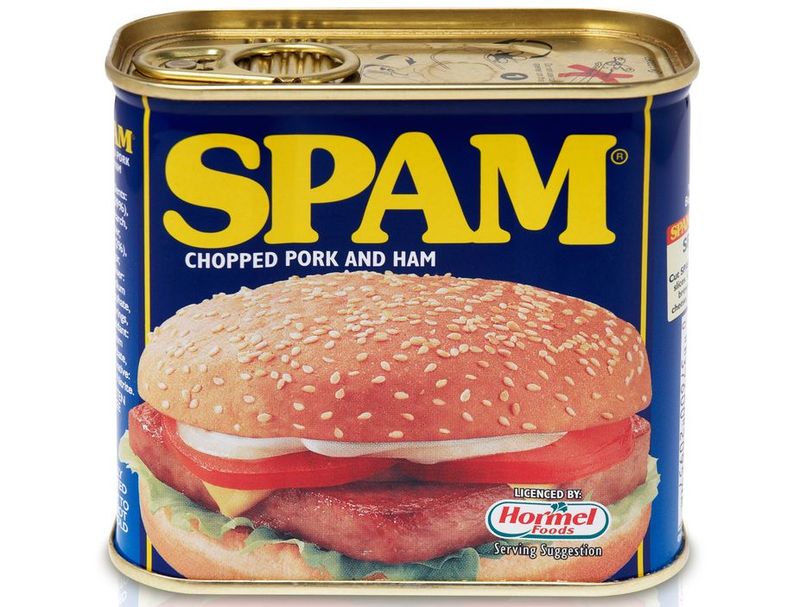
Spam, the iconic canned meat, was introduced in 1937, just before World War II. Its long shelf life and versatility made it a staple for soldiers and civilians alike during the war. Today, it remains popular, especially in Hawaiian cuisine, where it’s a beloved ingredient in local dishes.
The unique combination of pork, salt, water, sugar, and sodium nitrite gives it a distinctive taste that has intrigued many. Love it or hate it, Spam’s legacy endures, offering a taste of nostalgia with every slice.
Despite its critics, Spam’s ability to adapt has cemented its status as a culinary icon.
Corned Beef
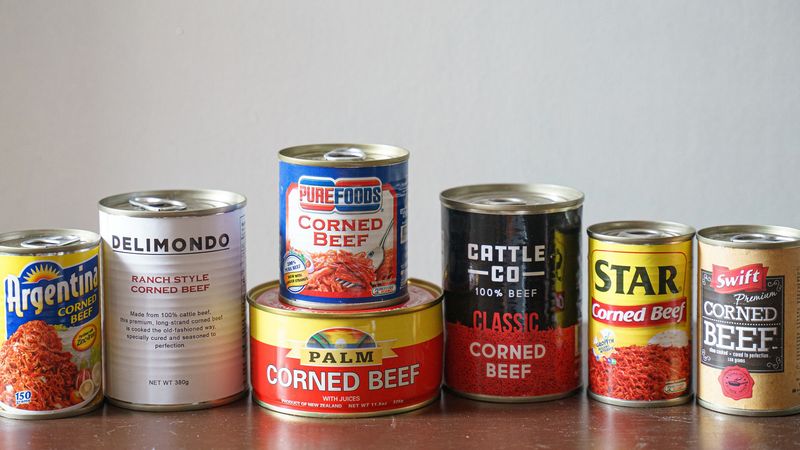
Corned beef became essential during wartime due to its durability and protein content. Originally developed in the 19th century, it was mass-produced during both World Wars to feed soldiers and civilians under rationing.
Its savory, salty flavor has kept it popular, especially in sandwiches and as a breakfast side. The ease of preparation makes it a convenient meal option.
While some may find it too salty, corned beef continues to be cherished in many cultures, especially in recipes like corned beef hash and Reuben sandwiches.
Powdered Milk
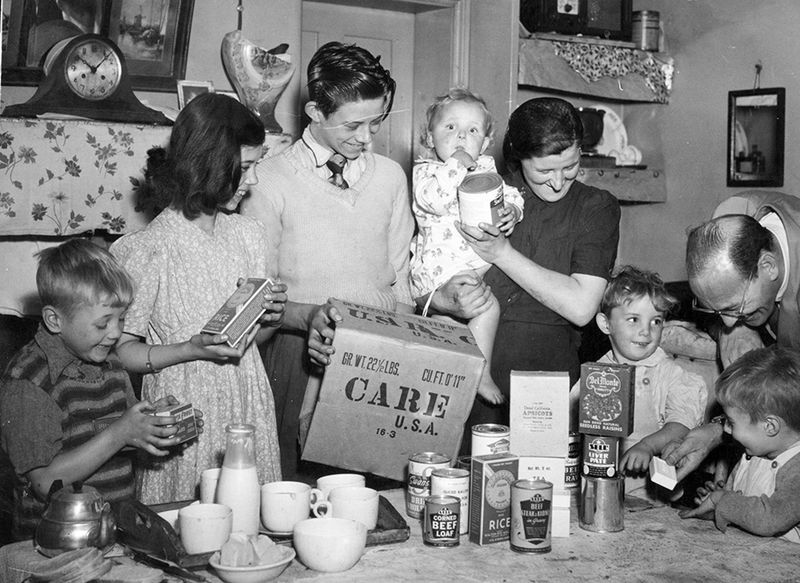
Powdered milk, a vital wartime innovation, provided a non-perishable alternative to fresh milk. Developed in the 1800s, it became crucial in World War II when fresh dairy was scarce.
Its ease of transport and long shelf life made it ideal for soldiers and civilians. Even today, it serves as an important ingredient in baking and emergencies.
While some may prefer fresh milk, powdered milk’s convenience and longevity make it an enduring kitchen staple, valued for its adaptability in various culinary applications.
Canned Sardines
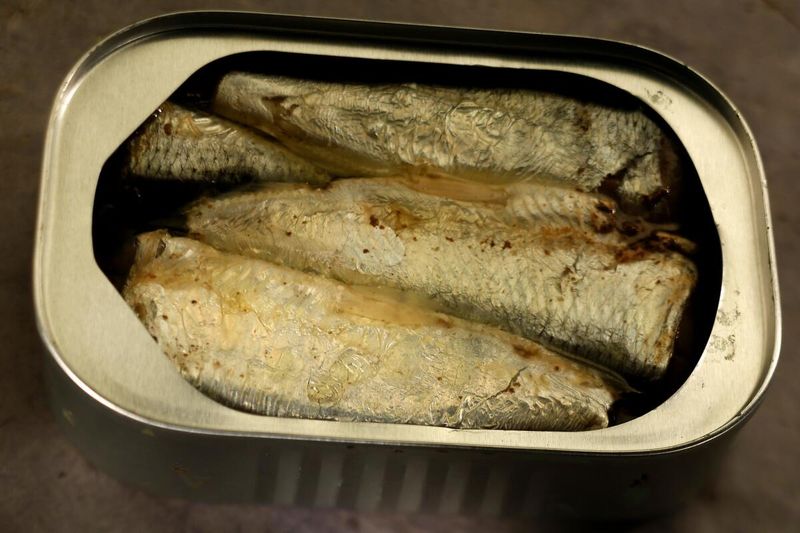
Canned sardines, a wartime favorite, provided essential nutrients and could be stored for long periods. Known for their strong flavor and versatility, they were a practical food source for both soldiers and civilians.
These tiny fish are rich in omega-3 fatty acids, making them a healthy choice even today. They’re often used in salads, sandwiches, or enjoyed straight from the can.
While the taste may be intense for some, canned sardines remain a favorite for those seeking a quick and nutritious meal.
Evaporated Milk
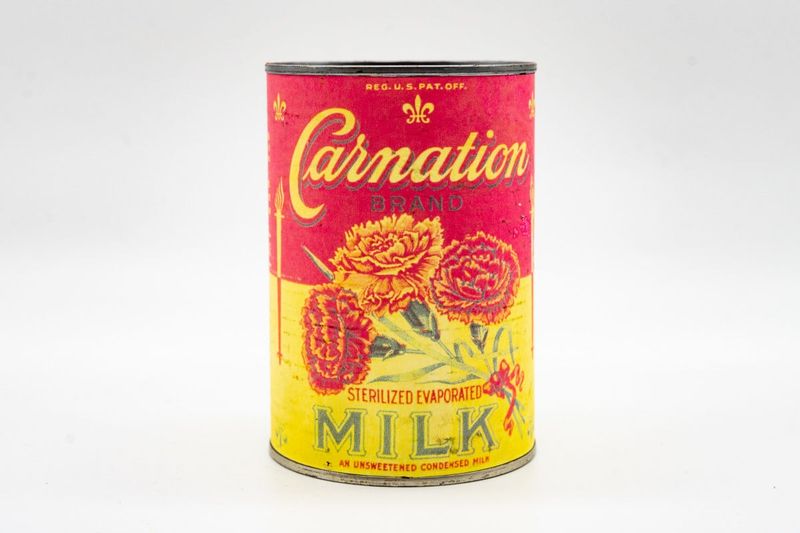
Evaporated milk, created by removing about 60% of water from fresh milk, became a crucial wartime commodity. Its concentrated form allowed for easy storage and transport to troops overseas.
The creamy texture and slightly caramelized flavor make it a popular addition to desserts and coffee. Its long shelf life ensures a ready supply even when fresh milk isn’t available.
Though some prefer fresh milk, evaporated milk’s convenience and rich taste have kept it a beloved pantry staple over the decades.
Canned Peas
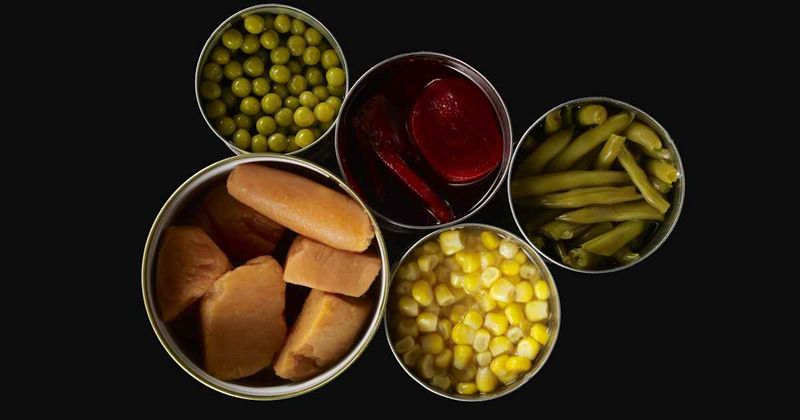
Canned peas, with their vibrant color and mild taste, became a staple during wartime due to their durability and nutritional value. Packed with vitamins and fiber, they provided essential sustenance when fresh produce was unavailable.
These little green gems are versatile in various dishes, from stews to salads. Their ability to retain flavor and texture even after being canned is remarkable.
While some prefer fresh peas, the convenience and longevity of canned peas continue to make them a household favorite, especially in comfort foods.
Hardtack

Hardtack, a simple, dry biscuit, was a staple for soldiers due to its nearly indefinite shelf life. Though it dates back to ancient times, it was heavily relied upon during wartime for its durability.
Made from flour, water, and sometimes salt, hardtack was often used to supplement meals when other rations were scarce. Soldiers would soften it by soaking it in water or soup.
While it may not be the most appetizing, hardtack’s historic significance and practicality continue to intrigue history enthusiasts and survivalists alike.
Canned Soup
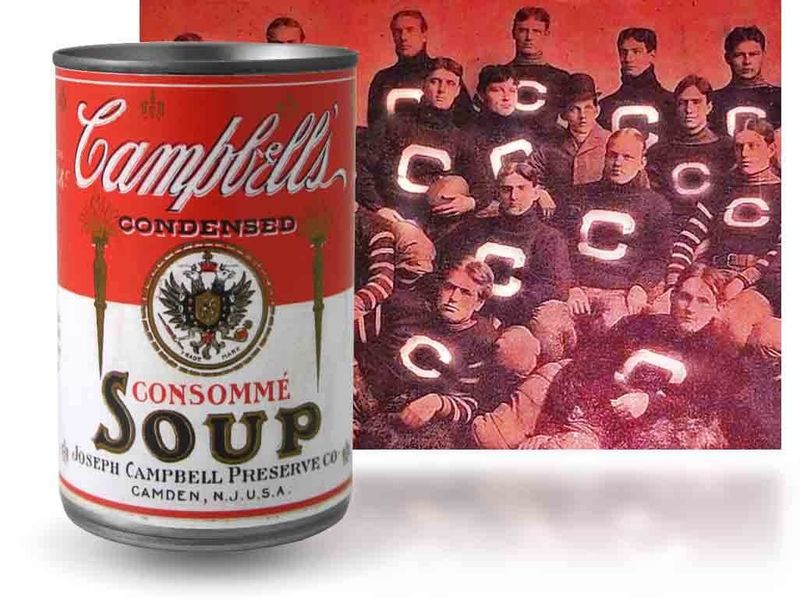
Canned soup gained popularity during wartime due to its convenience and extended shelf life. Offering warmth and nourishment, it was a comforting meal option for soldiers and families under rationing.
With a variety of flavors, from chicken noodle to tomato, canned soup remains a staple in modern kitchens. Its ability to provide a quick and satisfying meal is unmatched.
Though fresh soups may be preferred by some, the ease of preparation and comforting nature of canned soup ensure its place on store shelves.
Ration Chocolate
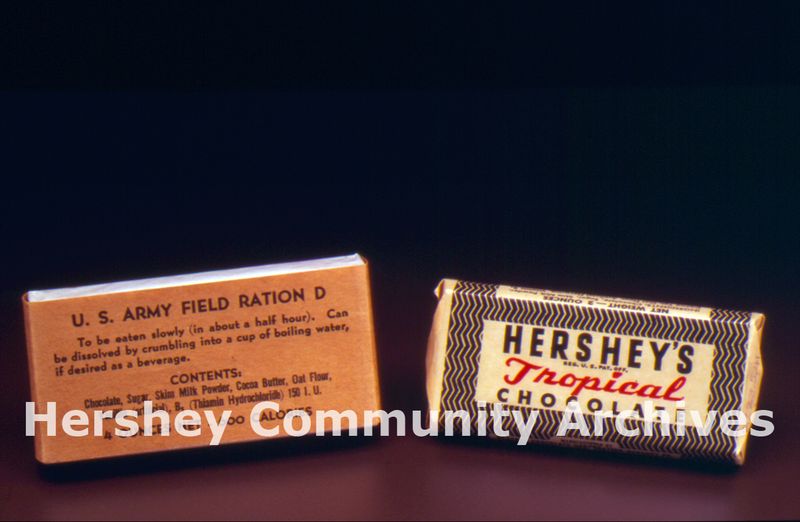
Ration chocolate, developed for soldiers, was designed to withstand high temperatures and provide quick energy. Introduced during World War II, it became a symbol of comfort and morale.
Though not as sweet as regular chocolate, its robust texture and unique taste were cherished by troops. Today, similar chocolates are often found in military and survival rations.
While it may not satisfy every sweet tooth, ration chocolate’s historical significance and practicality continue to make it a fascinating relic of wartime innovation.
Dried Fruit
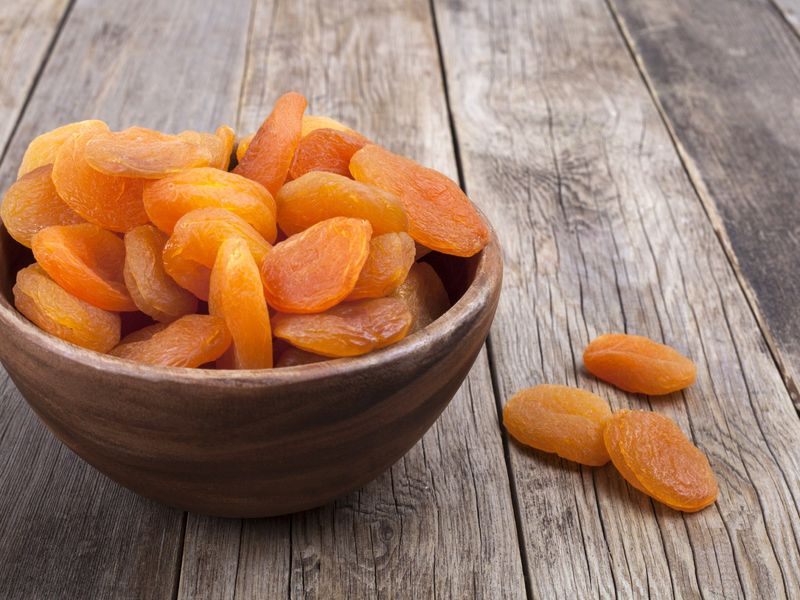
Dried fruit, a timeless snack, became crucial in wartime for its portability and nutritional value. Providing essential vitamins and minerals, it was a favorite among soldiers and civilians.
Its sweet flavor and chewy texture make dried fruit a delightful addition to both sweet and savory dishes. It remains popular for its natural sweetness and long shelf life.
Though fresh fruit may be preferred, dried fruit’s convenience and nutrient density have kept it a beloved choice for both snacks and cooking.
Canned Beans

Canned beans, rich in protein and fiber, became essential during wartime due to their durability and nutritional value. Easily stored and prepared, they provided a hearty meal in times of scarcity.
From baked beans to chili, canned beans are a versatile ingredient in a wide range of dishes. Their ability to retain flavor and texture makes them a reliable pantry staple.
While some prefer fresh beans, the convenience and affordability of canned beans ensure their continued popularity in households around the world.
Pemmican

Pemmican, a dense mixture of fat and protein, was used by Native Americans and adapted by soldiers for its high energy content and long shelf life. It became a valuable food source during warfare.
Combining dried meat with fat, and sometimes berries, pemmican served as a compact, nutritious meal. Its historical roots and practicality make it a subject of intrigue.
While modern tastes may vary, pemmican’s role in history and survival continues to captivate those interested in traditional foods and culinary history.
Leave a comment